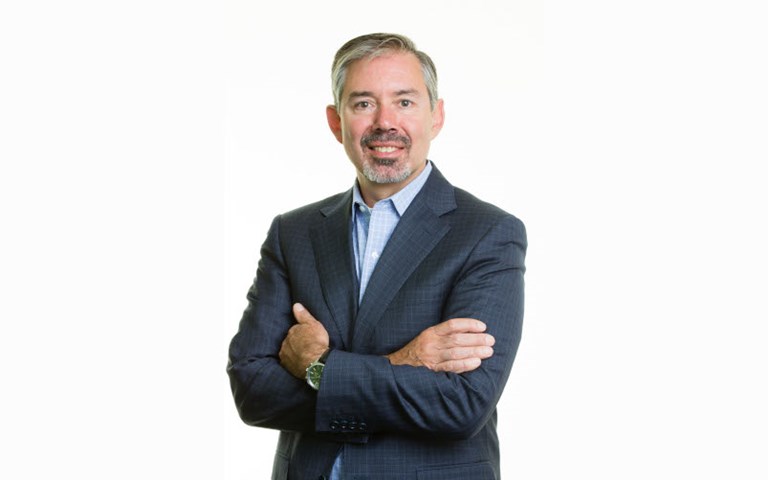In the past year as President of CIM, I’ve had the privilege of engaging in multiple conversations with industry leaders. In these conversations, I’ve asked them what their main challenges are. Consistently, availability of talent comes out as the number one challenge.
This is, of course, not surprising to anyone reading this magazine. The anecdotal evidence is everywhere, and it is not limited to technical professionals. It spans the full lifecycle of metals production from drillers on the exploration front to technicians in the concentrators and refineries. This is supported by research completed by Mining Industry Human Resources Council (MiHR). MiHR tracks 70 “selected occupations,” which are considered the most relevant to the mining industry, and in its 2019 labour market survey, Canadian companies indicated that there were 1,820 unfilled vacancies in these categories across the country. With increased industry activity and the growing demand for decarbonization metals, that number has surely increased. MiHR also tracks Canadian university enrolment in the key industry engineering disciplines (metallurgical engineering, mining engineering, geological engineering). All three have seen significant reductions in the past five years and the negative trend continues.
The continued decrease in mining-related enrolment is in spite of the millions of dollars the industry has spent trying to communicate the positive benefits of mining to attract students. Every mining industry association and institute across Canada and the globe has developed programs promoting mining to students and to society in general. Generally, these programs have not moved the dial.
My view, which is admittedly a controversial view, is that the word “mining” does not reflect what we do and is a brand too damaged to save. Legacy perceptions combined with modern reality TV shows that portray mining as an old dirty industry are making it almost impossible to change society’s views. Our infographics on how many metals can be found in a cell phone or an electric car are just not resonating. Is it time for a rebrand?
Let’s start with the Cambridge Dictionary definition of “mining”: “the industry or activity of removing substances such as coal or metal from the ground by digging.” Is this really what we do? Real estate developers, highway builders, tunnelling contractors all remove substances from the ground by digging. Are they calling themselves miners?
Now, let’s look at the definition of “branding”: “the activity of connecting a product with a particular name, symbol, etc., or with particular features or ideas, in order to make people recognize and want to buy it.” Branding helps shape people’s perceptions of companies, their products, or individuals.
The mining brand is connected to digging holes and blasting Yukon riverbanks in search of gravity gold. Who wants to buy that brand? Not me.
The reality is that we are an industry that develops and deploys advanced technology in the search for, and the production of minerals and metals. We utilize ground penetrating radar, magnetic resonance, artificial intelligence, scanning electron microscopes, LIDAR, X-ray fluorescence, complex mathematical and financial modelling, bioengineering and 3D design software to name just a few. We also build and operate some of the most powerful machines on the planet and we build complex multi-billion-dollar projects in some of the harshest environments on the globe.
We do all of these things with the final goal of producing the minerals we need to grow our food and the metals we need to sustain our modern way of life, including the metals required to decarbonize our economy in a race against climate change. If we are to attract the future workforce, we need to rebrand as high-tech producers of minerals and metals.
This simple action will not solve all our problems, but I believe it is a necessary first step in building positive and attractive perceptions of our industry.
P.S. As this is my last President’s note, I would like to thank the amazing staff at CIM. The pandemic created historical challenges for CIM. The team persevered with equal parts passion, skill and professionalism to ensure the continuation of this exceptional Canadian institution.




